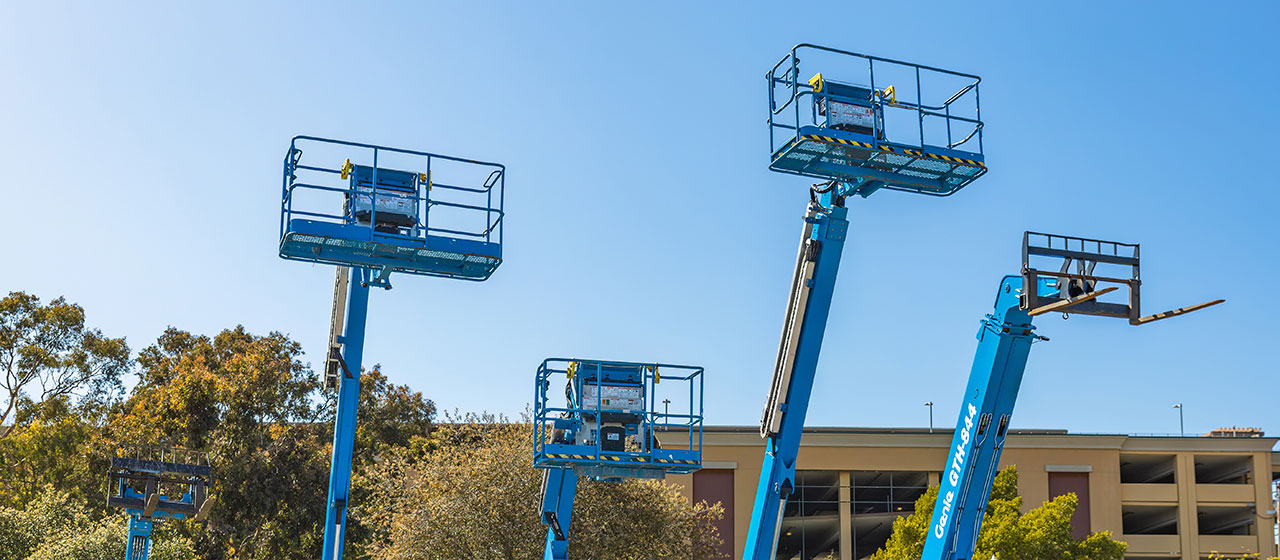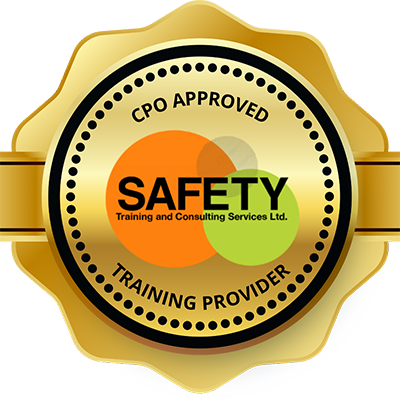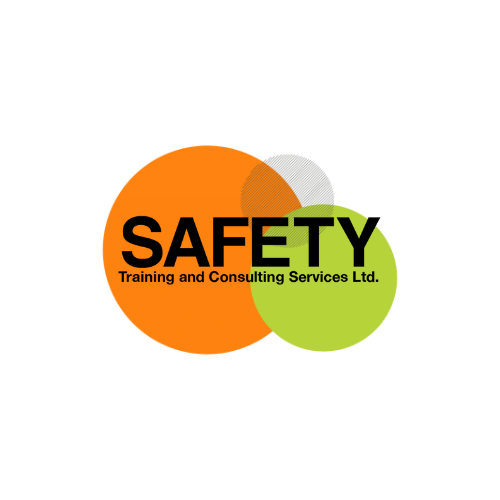Elevating Work Platform
In Person

Overview
Powered Elevating Work Platforms, or EWP’s, are very common pieces of equipment used in the workplace to gain access to elevated areas where other means may not be possible or practicable. With elevating work platforms being so common in the workplace, it is important that we are familiar with how to operate them safely.
Under the Occupational Health and Safety Act (OHSA), employers and supervisors have the responsibility to keep workers safe, and workers have the responsibility to ensure that they follow the requirements and work in a safe manner. This program is designed to familiarize participants with their legal obligations as they relate to the operation of elevating work platforms.
Regulations specific to different industries such as construction, industrial and health care, state that operators of lifting devices must be competent. Being competent means having the knowledge, training and experience to organize the work, being familiar with the Occupational Health and Safety Act and its Regulations where they may apply, and having knowledge of the potential or actual hazards that exist in the workplace.
Our elevated work platform training program is designed to help participants become competent persons.
Our program provides training as outlined in CSA B354 for Portable Elevating Work Platforms.
What You’ll Learn
- Competent operators
- Definition under the OHSA
- Legal responsibilities under the OHSA
- Occupational Health and Safety Act, sections 25 to 31, 50, 66
- Regulatory requirements (industry-specific)
- Authorized operators
- Contributing factors
- Hierarchy of controls
- Annual inspections and NDT’s
- Scissor/vertical mast lifts
- Functions and features
- Pre-use inspections
- Emergency lowering
- Free-wheeling
- Lockout/tag-out
- Articulating and telescopic boom lifts
- Functions and features
- Pre-use inspections
- Ground emergency/auxiliary lowering
- Free-wheeling/drive-hub disengagement
- Lockout/tag-out
- Documentation and deficiencies
- Safe operating procedures
- Stability
- General rules
- Fuels
- Batteries
- Propane
- Diesel
- Fall arrest system overview
- Inspection
- Selection, care and use
- Practical skills evaluation on one elevating work platform per participant
- Written evaluation
FAQ
How is this program taught?
This program is taught using an interactive discussion method. This means that all participants will be involved in discussing the content throughout the duration of the program. This method ensures that all participants receive and understand the information.
Are there accommodations for learning disabilities?
Participants that may have a learning disability or other impairment, such as language, literacy hearing, or vision, will be accommodated. This may involve having the questions read to the participant(s) by the instructor, the assistance of an interpreter supplied by the employer, or other means. Where disabilities or impairments are identified, please advise your contact when scheduling the course so all efforts to accommodate can be made.
How long is the certificate valid for?
The certificate is valid for three years from the date of completion

Details
Course Length
approximately 6 hours
Breaks
Two 10-minute breaks, one 30-minute lunch break
Location
Private onsite or in public setting at STC facilities or partners
Prerequisites
- Valid CPO Approved Working at Heights certificate (if practical skills evaluation is taking place in a construction environment)
- CSA approved steel-toed safety boots or shoes depending on the training environment
Free Download
Pre-use inspection form
